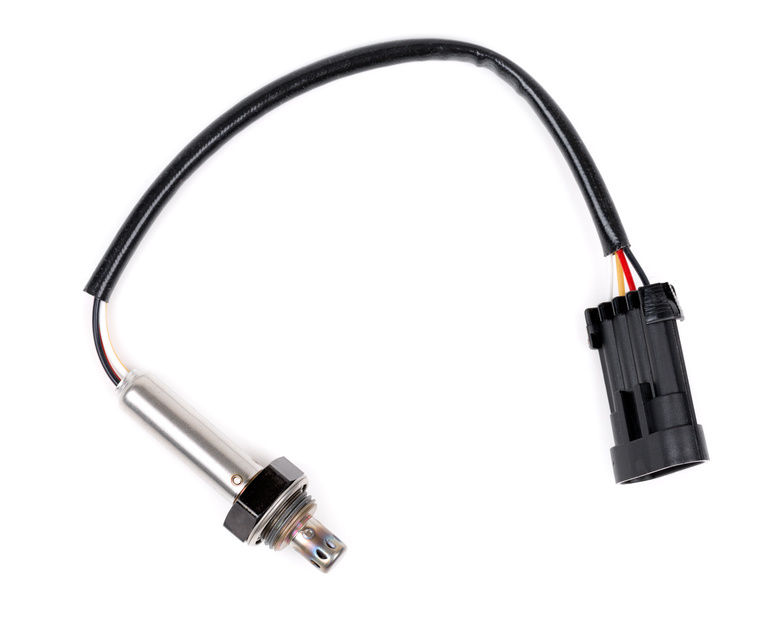A vehicle’s oxygen sensor is a critical part of the exhaust system and when it is dirty it can reduce fuel efficiency and increase the output of harmful emissions. Regular usage results in things like coolant and oil settling in the sensor and clogging it up. Regular cleaning of the sensor ensures optimal operation and prevents inefficiency. Cleaning an oxygen sensor is easy and with the right tools, someone is able to get the job done quickly and easily.
Remove the Oxygen Sensor
The first step is removing the sensor, or sensors, since some vehicles have more than one. Raise the vehicle up using the jack and make sure it is not at risk for falling, and apply the protective gear. Spray the sensors with WD-40 and let it soak in for approximately 15 minutes to help loosen the sensors and make them easier to remove.
Take the wrench that fits the sensors and their anchors and carefully remove them. There are times when they are difficult to remove, and it is important to never pry or force them off because this may result in irreversible damage. Simply repeat the application of WD-40 until the sensors are easy to remove.
Clean the Oxygen Sensor
Take the container and fill it with about three gallons of gas. Place the sensors into the gas and make sure that the gas fully covers the oxygen sensors. Place the lid on the container and gently shake it to help loosen debris and to ensure that gas gets into the nooks and crannies of the sensor. After a little swishing, allow the sensor to sit in the gas overnight.
The next day, swish the container a little more to ensure that all of the debris is fully loose and off of the sensor. Apply the goggles and other protective gear and then open the lid to retrieve the sensor. Take paper towels and gently wipe the sensor down, making sure to remove all excess gas and any sludge and dirt. Dry the sensor completely before reattaching it to the vehicle.
Replace the Oxygen Sensor
Use the jack to elevate the vehicle and make sure that it is fully secure. Use the proper wrench to secure the sensor to the vehicle, taking great care to ensure proper placement and make sure that nuts and bolts are tight. Double check the installation before using the vehicle because proper placement is critical for the vehicle to run right. Once the oxygen sensor is in place, take the vehicle for a quick drive to make sure it is running smoothly.
If there are signs and symptoms of oxygen sensor problems, such as the check engine light flickering or a rough idle, the driver may have to replace the sensor completely. Keeping an oxygen sensor clean can prolong its life, but eventually the driver will need to replace it to ensure the best gas mileage and low emissions.
An oxygen sensor plays a vital role in the performance of a vehicle and keeping it clean helps to maintain efficiency. A clean oxygen sensor puts out fewer harmful emissions and saves drivers on gas as they get around town.

How to Clean a Car Oxygen Sensor
by
Tags:

Leave a Reply